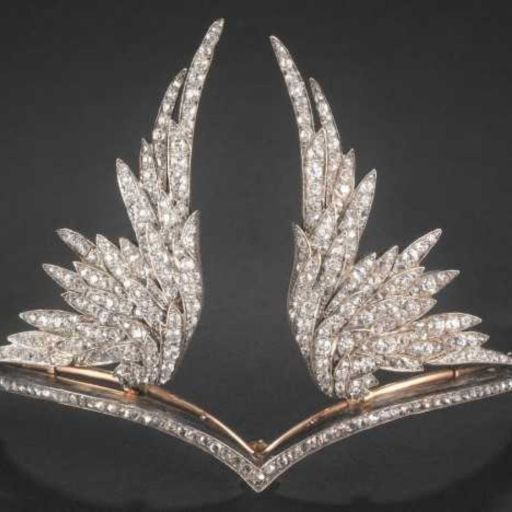

“It’s difficult to pin down the trickster to any fixed set of characteristics or given forms. But not so fast! Not all tricksters fit into this black and white definition as Babcock-Abrahams’ colleague Mary Magoulick points out. Examples include, the wandering patriarchs who provide stability to up-and-coming Hebrew lineage through trickery, as well as women tricksters that better understand the need deceive to preserve the protagonist’s plan. Although we laugh at him for his troubles and his foolishness and are embarrassed by his promiscuity, his creative cleverness amazes us and keeps alive the possibility of transcending the social restrictions we regularly encounter.” This outlook on the trickster character sets up a basic pattern by which we can start to identify and categorize certain characters as tricksters based on their profile and actions in the text. He is positively identified with creative powers, often bringing such defining features of culture as fire or basic food, and yet he constantly behaves in the most antisocial manner we can imagine. Babcock-Abrahams offers a unique perspective on the Winnebago trickster cycle writing, “ No figure in literature, oral or written, baffles us quite as much as trickster. The trickery of such stories extends as well to symbolic play reguarding culturals forms, rules, and worldviews.” The opening book of the Pentateuch, Genesis, is no different offering a wide range of trickster characters and tales, while establishing the roots of the Hebrew Nation. Barbra Babcock-Abrahams writes on the importance of the trickster archetype, saying, “The “trickster” plays tricks and is the victim of tricks. Regardless of origins, it’s fair to say that every culture in some way utilizes the trickster character in their oral traditions, folklore, or written literature. The role of the trickster is as old as written literature itself. By taking an in-depth look at the literary meaning of the trickster archetype, as well as exploring the active characters and stories in the book of Genesis that exemplify this motif, we can try to answer the question surrounding the significance of trickster characters in the Book of Genesis. With that said, the opening book of the Pentateuch, the book of Genesis, gives the reader a multitude of stories and characters that fit perfectly into the genre of the trickster. In some instances, it’s hard to label characters like Abraham, Isaac, and Jacob with the title of trickster because of their theological and historic importance. The association of the trickster character to folklore and fiction makes it easy to overlook this as a character archetype in sacred texts.


When a reader hears the term ‘trickster character’, old folk figures such a Br’er Rabbit usually come to mind.


 0 kommentar(er)
0 kommentar(er)
